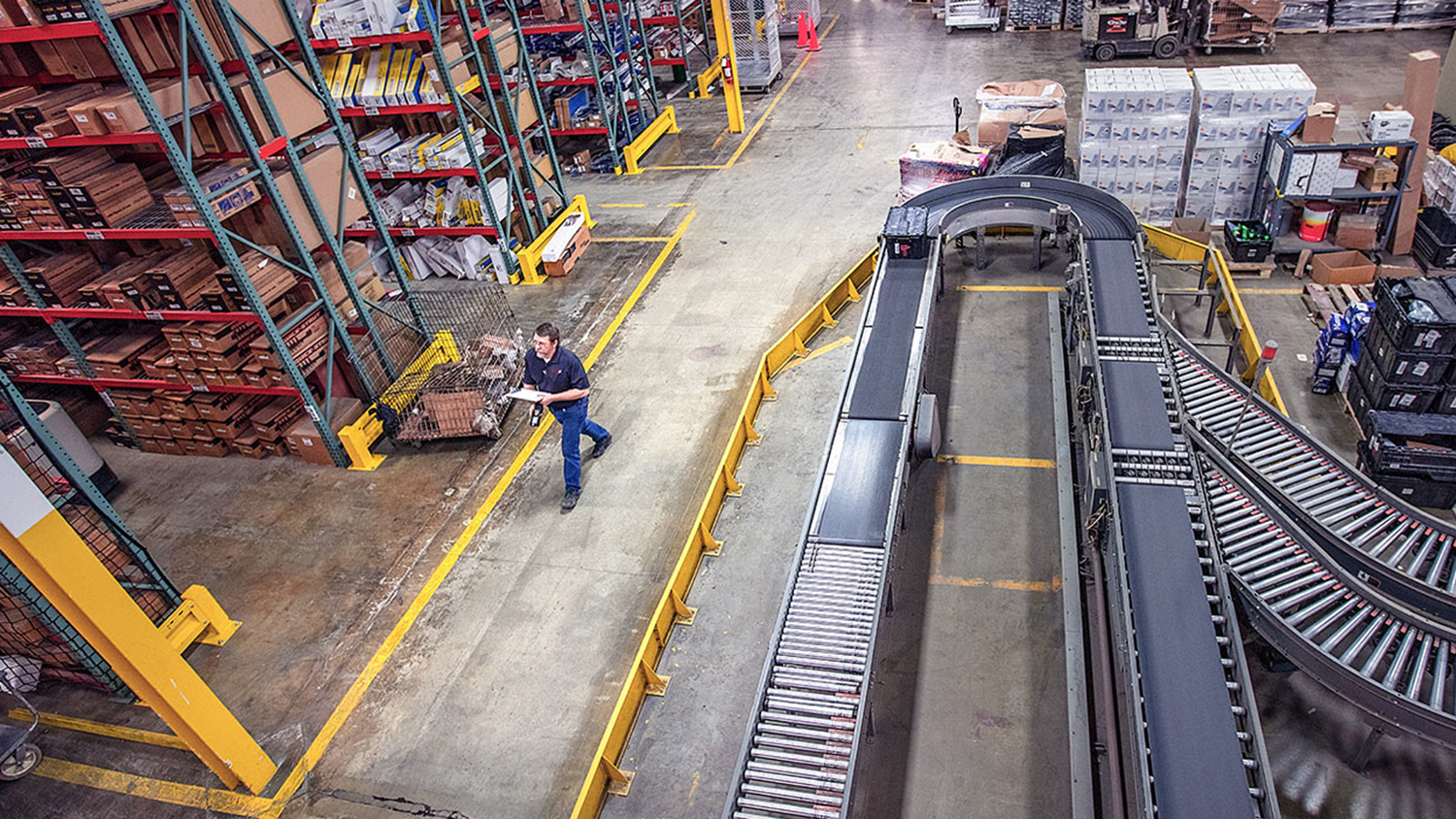Researchers have developed and demonstrated an artificial intelligence (AI) program that allows them to meet specific investment risk and return goals for large-scale portfolios containing hundreds of assets.
“We wanted to know whether we could use machine learning to improve the Sharpe Ratio in order to get better information on what to buy, sell or keep in your portfolio to enhance your portfolio performance over periods of 6-12 months,” says Mehmet Caner, co-author of a paper on the work. “This work shows that we can.” Caner is the Thurman-Raytheon Distinguished Professor of Economics in NC State’s Poole College of Management.
The Sharpe Ratio is a way of measuring the trade-off an investor’s portfolio makes between the magnitude of their returns and the risk that their holdings will lose value. It is a well-established metric used across the investment industry.
However, things get complicated when a portfolio contains hundreds of holdings, because it becomes increasingly difficult to perform risk/benefit analyses and make management decisions for all of the holdings.
To better manage these assets, the financial sector has increasingly turned to AI programs that use machine learning to make portfolio decisions.
Caner previously helped develop an AI program that built on a novel mathematical theorem to inform financial decision-making. However, Caner wanted to see if he could improve on that AI program by incorporating a range of financial factors that the previous model didn’t account for.
“Managing a portfolio that contains hundreds of assets is challenging,” Caner says. “It can contain a variety of stocks and commodities, most of which are related to each other in some way. How do you handle a dynamic matrix that is this complicated? We set out to train an AI program to account for a wide variety of factors with the ultimate goal of achieving a specific Sharpe Ratio – and we did it.
“It’s important to note that there is no ‘correct’ Sharpe Ratio – it will vary depending on how much risk an investor is comfortable with. But we’ve been able to train our AI to achieve whatever Sharpe Ratio target you’ve established for your portfolio, over the course of 6-12 months. We’ve demonstrated this in both simulations and in real-world practice.”
The paper, “Sharpe Ratio Analysis in High Dimensions: Residual-Based Nodewise Regression in Factor Models,” is published in the Journal of Econometrics. The paper was co-authored by Marcelo Medeiros of Pontifical Catholic University of Rio de Janeiro; and Gabriel F. R. Vasconcelos of the BOCOM BBM Bank in Brazil.



